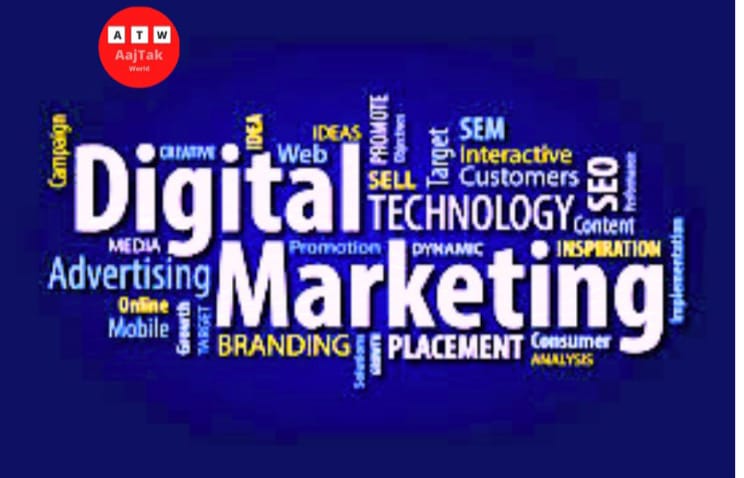When doing digital marketing, you need to identify your target audience.
Who are your ideal customers? What are their interests, needs, and pain points? By understanding your audience, you can create targeted messages that resonate with them.
Develop a digital marketing strategy – Once you understand your target audience, you can develop a digital marketing strategy that includes content marketing, social media marketing, email marketing, and advertising. Your strategy should be in line with your business goals and be relevant to your target audience.
Create engaging content – Content is the key to success when it comes to digital marketing efforts. Create content that is relevant, informative, and engaging to your target audience. This can include blog posts, videos, infographics, social media posts, and more.
Optimize your website – Your website is the center of your digital marketing efforts. Make sure it is search engine friendly, mobile friendly, and has a clear view.
Measure and adjust: Digital marketing gives you the tools to grow your business. Use analytics tools to measure the effectiveness of your digital marketing campaigns, and tailor your strategy to optimize your results.
Digital Marketing Promotion and Optimization (SEO): SEO is the process of optimizing your website to rank high on Search Engine Results Pages (SERPS) for competitive keywords. This can include optimizing your website’s structure, content, and metadata, as well as building high-quality backlinks to your site.
Search Engine Marketing (SEM): SEM involves the use of paid marketing techniques to appear at the top of the search engine results page. This can include pay-per-click (PPC) techniques, where you bid on keywords and only pay when someone clicks on your keywords.
Holistic Marketing – Holistic Marketing involves creating and distributing valuable and relevant content to attract and engage your target audience. This can include blog posts, videos, infographics and more.
Social Media Marketing – Social media marketing involves using social media platforms to promote your product and services, connect with your audience and build brand awareness. This can include creating social media profiles, posting updates, running paid advertising campaigns and more.
Email Marketing – Email marketing involves sending promotional emails to your subscribers to promote your product and services, provide valuable content and build relationships with your audience.
Broadcasting – Marketing is putting up banners on third-party websites to drive traffic, build brand awareness and generate leads.
Affiliate Marketing – Affiliate marketing involves partnering with websites or influencers to promote your products and services in exchange for a commission on sales.
Why is digital marketing important?
Reach a wider audience – With digital marketing, businesses can reach a wider audience than traditional marketing methods. Intranets and social media platforms allow businesses to connect with potential customers around the world, regardless of their location.
Targeted messaging: Digital marketing allows businesses to target their messages more precisely to their ideal audience. By understanding the interests, needs, and pain points of your target audience, you can create relevant messages that resonate with them.
Profitable – Digital marketing can be more profitable than traditional marketing methods. How digital marketing tactics, such as email marketing and social media marketing, are relatively inexpensive and can yield a high return on investment (ROI).
Measurement: With digital marketing, companies can actually measure the effectiveness of their campaigns over time. This forces them to tailor their marketing efforts and get better results.




